Weiping Liu
Timing Recovery for Non-Orthogonal Multiple Access with Asynchronous Clock
Jul 10, 2024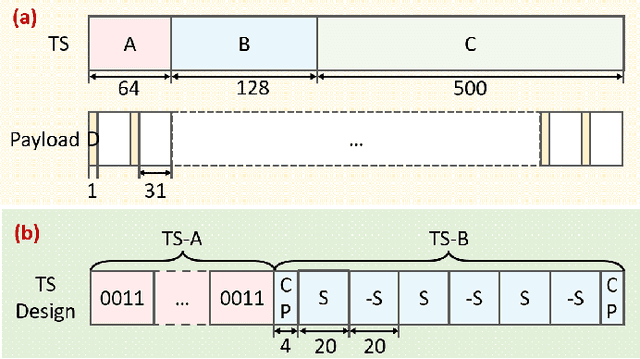
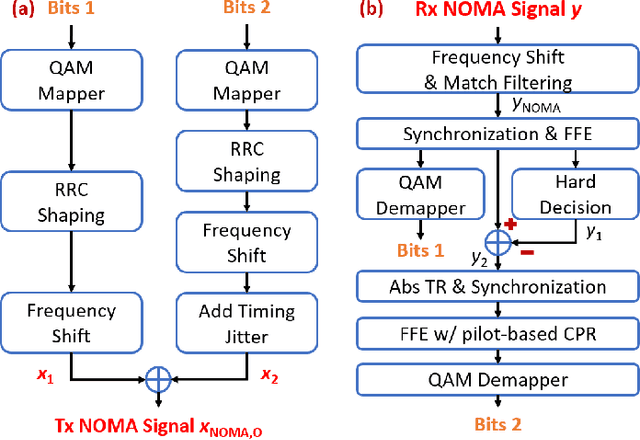
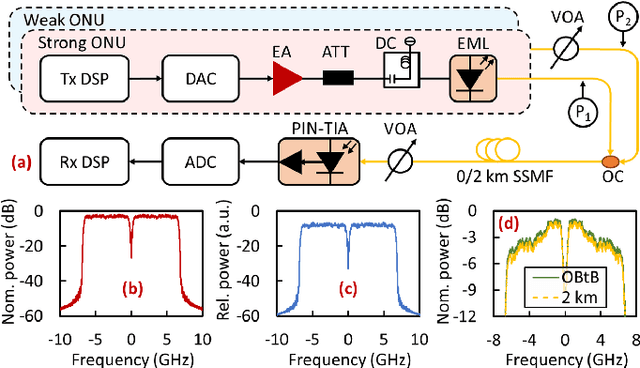
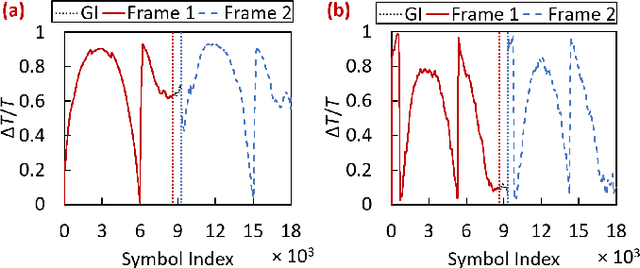
Abstract:A passive optical network (PON) based on non-orthogonal multiple access (NOMA) meets low latency and high capacity. In the NOMA-PON, the asynchronous clock between the strong and weak optical network units (ONUs) causes the timing error and phase noise on the signal of the weak ONU. The theoretical derivation shows that the timing error and phase noise can be independently compensated. In this Letter, we propose a timing recovery (TR) algorithm based on an absolute timing error detector (Abs TED) and a pilot-based carrier phase recovery (CPR) to eliminate the timing error and phase noise separately. An experiment for 25G NOMA-PON is set up to verify the feasibility of the proposed algorithms. The weak ONU can achieve the 20% soft-decision forward error correction limit after compensating for timing error and phase noise. In conclusion, the proposed TR and the pilot-based CPR show great potential for the NOMA-PON.
Hunting imaging biomarkers in pulmonary fibrosis: Benchmarks of the AIIB23 challenge
Dec 21, 2023
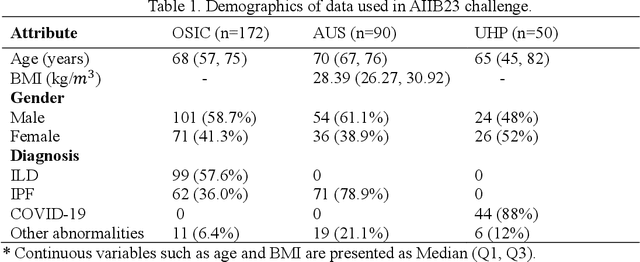
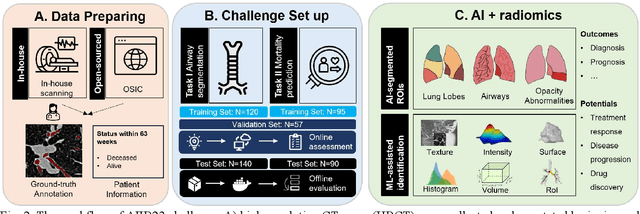
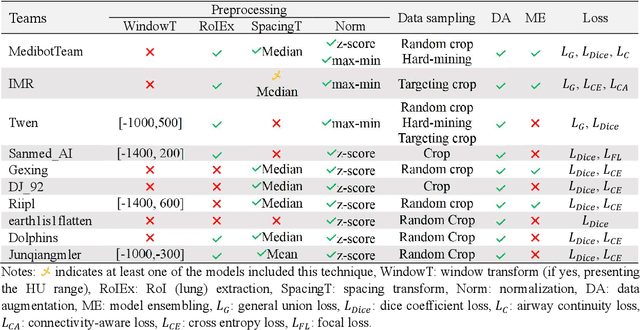
Abstract:Airway-related quantitative imaging biomarkers are crucial for examination, diagnosis, and prognosis in pulmonary diseases. However, the manual delineation of airway trees remains prohibitively time-consuming. While significant efforts have been made towards enhancing airway modelling, current public-available datasets concentrate on lung diseases with moderate morphological variations. The intricate honeycombing patterns present in the lung tissues of fibrotic lung disease patients exacerbate the challenges, often leading to various prediction errors. To address this issue, the 'Airway-Informed Quantitative CT Imaging Biomarker for Fibrotic Lung Disease 2023' (AIIB23) competition was organized in conjunction with the official 2023 International Conference on Medical Image Computing and Computer Assisted Intervention (MICCAI). The airway structures were meticulously annotated by three experienced radiologists. Competitors were encouraged to develop automatic airway segmentation models with high robustness and generalization abilities, followed by exploring the most correlated QIB of mortality prediction. A training set of 120 high-resolution computerised tomography (HRCT) scans were publicly released with expert annotations and mortality status. The online validation set incorporated 52 HRCT scans from patients with fibrotic lung disease and the offline test set included 140 cases from fibrosis and COVID-19 patients. The results have shown that the capacity of extracting airway trees from patients with fibrotic lung disease could be enhanced by introducing voxel-wise weighted general union loss and continuity loss. In addition to the competitive image biomarkers for prognosis, a strong airway-derived biomarker (Hazard ratio>1.5, p<0.0001) was revealed for survival prognostication compared with existing clinical measurements, clinician assessment and AI-based biomarkers.
Pilot-Based Key Distribution and Encryption for Secure Coherent Passive Optical Networks
Nov 05, 2023
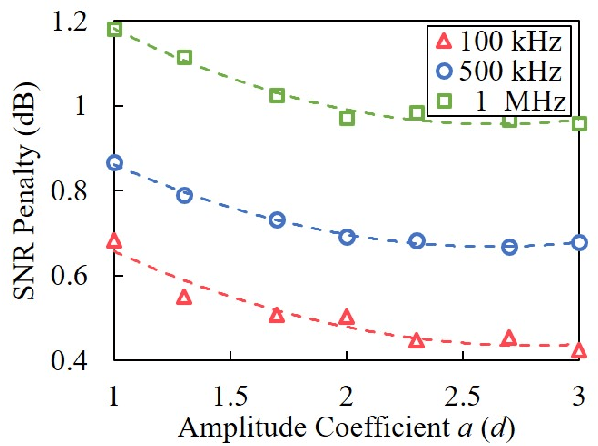
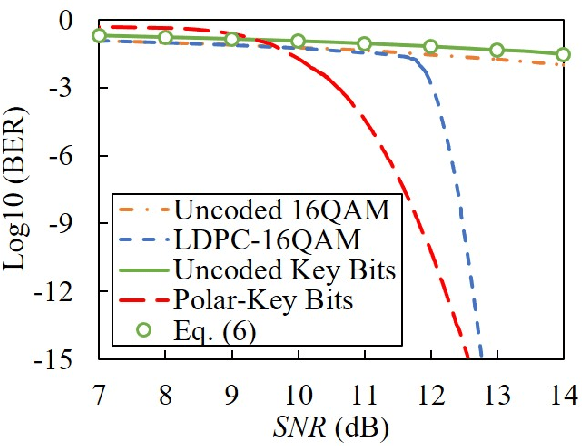
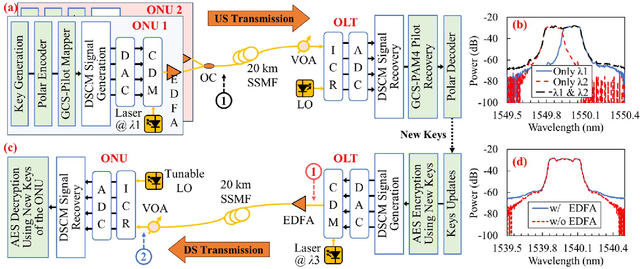
Abstract:The security issues of passive optical networks (PONs) have always been a concern due to broadcast transmission. Physical-layer security enhancement for the coherent PON should be as significant as improving transmission performance. In this paper, we propose the advanced encryption standard (AES) algorithm and geometric constellation shaping four-level pulse amplitude modulation (GCS-PAM4) pilot-based key distribution for secure coherent PON. The first bit of the GCS-PAM4 pilot is used for the hardware-efficient carrier phase recovery (CPR), while the second bit is utilized for key distribution without occupying the additional overhead. The key bits are encoded by the polar code to ensure error-free distribution. Frequent key updates are permitted for every codeword to improve the security of coherent PON. The experimental results of the 200-Gbps secure coherent PON using digital subcarrier multiplexing show that the GCS-PAM4 pilot-based key distribution could be error-free at upstream transmission without occupying the additional overhead and the eavesdropping would be prevented by AES algorithm at downstream transmission. Moreover, there is almost no performance penalty on the CPR using the GCS-PAM4 pilot compared to the binary phase shift keying pilot.
Capacity Limitation and Optimization Strategy for Flexible Point-to-Multi-Point Optical Networks
Oct 19, 2023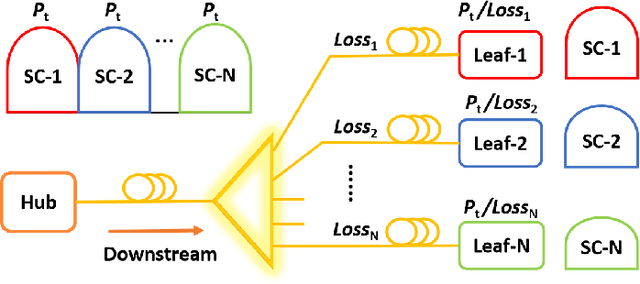
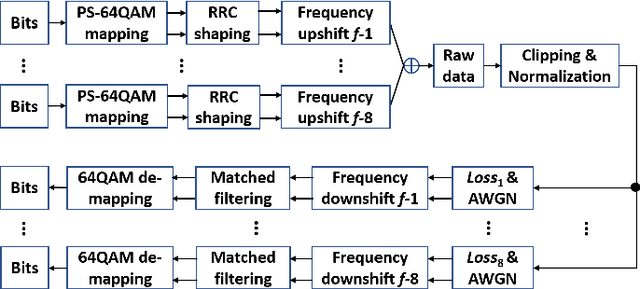
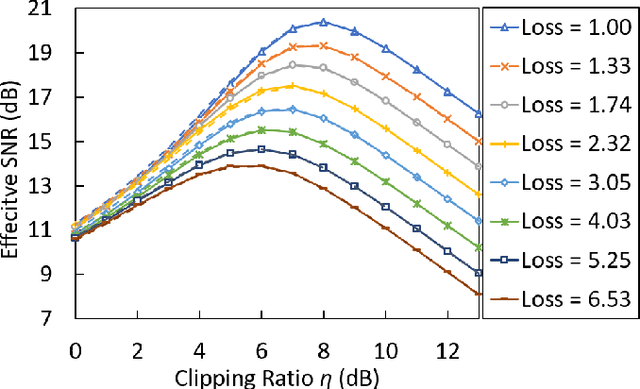
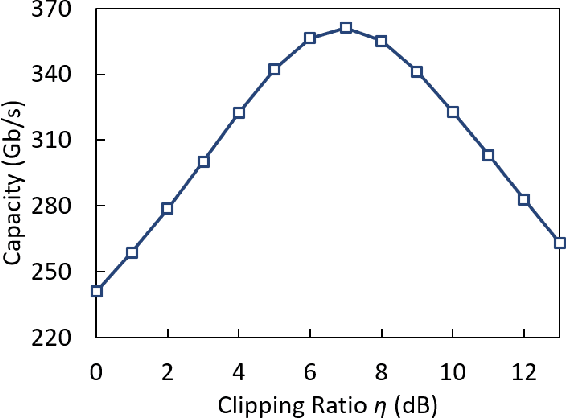
Abstract:Point-to-multi-point (PtMP) optical networks become the main solutions for network-edge applications such as passive optical networks and radio access networks. Entropy-loading digital subcarrier multiplexing (DSCM) is the core technology to achieve low latency and approach high capacity for flexible PtMP optical networks. However, the high peak-to-average power ratio of the entropy-loading DSCM signal limits the power budget and restricts the capacity, which can be reduced effectively by clipping operation. In this paper, we derive the theoretical capacity limitation of the flexible PtMP optical networks based on the entropy-loading DSCM signal. Meanwhile, an optimal clipping ratio for the clipping operation is acquired to approach the highest capacity limitation. Based on an accurate clipping-noise model under the optimal clipping ratio, we establish a three-dimensional look-up table for bit-error ratio, spectral efficiency, and link loss. Based on the three-dimensional look-up table, an optimization strategy is proposed to acquire optimal spectral efficiencies for achieving a higher capacity of the flexible PtMP optical networks.
Non-Integer-Oversampling Digital Signal Processing for Coherent Passive Optical Networks
Jun 20, 2023Abstract:Beyond 100G passive optical networks (PONs) will be required to meet the ever-increasing traffic demand in the future. Coherent optical technologies are the competitive solutions for the future beyond 100G PON but also face challenges such as the high computational complexity of digital signal processing (DSP). A high oversampling rate in coherent optical technologies results in the high computational complexity of DSP. Therefore, DSP running in a non-integer-oversampling below 2 samples-per-symbol (sps) is preferred, which can not only reduce computational complexity but also obviously lower the requirement for the analog-to-digital converter. In this paper, we propose a non-integer-oversampling DSP for meeting the requirements of coherent PON. The proposed DSP working at 9/8-sps and 5/4-sps oversampling rates can be reduced by 44.04% and 40.78% computational complexity compared to that working at the 2-sps oversampling rate, respectively. Moreover, a 400-Gb/s-net-rate coherent PON based on digital subcarrier multiplexing was demonstrated to verify the feasibility of the non-integer-oversampling DSP. There is almost no penalty on the receiver sensitivity when the non-integer-oversampling DSP is adopted. In conclusion, the non-integer-oversampling DSP shows great potential in the future coherent PON.
The state-of-the-art 3D anisotropic intracranial hemorrhage segmentation on non-contrast head CT: The INSTANCE challenge
Jan 12, 2023Abstract:Automatic intracranial hemorrhage segmentation in 3D non-contrast head CT (NCCT) scans is significant in clinical practice. Existing hemorrhage segmentation methods usually ignores the anisotropic nature of the NCCT, and are evaluated on different in-house datasets with distinct metrics, making it highly challenging to improve segmentation performance and perform objective comparisons among different methods. The INSTANCE 2022 was a grand challenge held in conjunction with the 2022 International Conference on Medical Image Computing and Computer Assisted Intervention (MICCAI). It is intended to resolve the above-mentioned problems and promote the development of both intracranial hemorrhage segmentation and anisotropic data processing. The INSTANCE released a training set of 100 cases with ground-truth and a validation set with 30 cases without ground-truth labels that were available to the participants. A held-out testing set with 70 cases is utilized for the final evaluation and ranking. The methods from different participants are ranked based on four metrics, including Dice Similarity Coefficient (DSC), Hausdorff Distance (HD), Relative Volume Difference (RVD) and Normalized Surface Dice (NSD). A total of 13 teams submitted distinct solutions to resolve the challenges, making several baseline models, pre-processing strategies and anisotropic data processing techniques available to future researchers. The winner method achieved an average DSC of 0.6925, demonstrating a significant growth over our proposed baseline method. To the best of our knowledge, the proposed INSTANCE challenge releases the first intracranial hemorrhage segmentation benchmark, and is also the first challenge that intended to resolve the anisotropic problem in 3D medical image segmentation, which provides new alternatives in these research fields.
Rapid Assessments of Light-Duty Gasoline Vehicle Emissions Using On-Road Remote Sensing and Machine Learning
Oct 01, 2021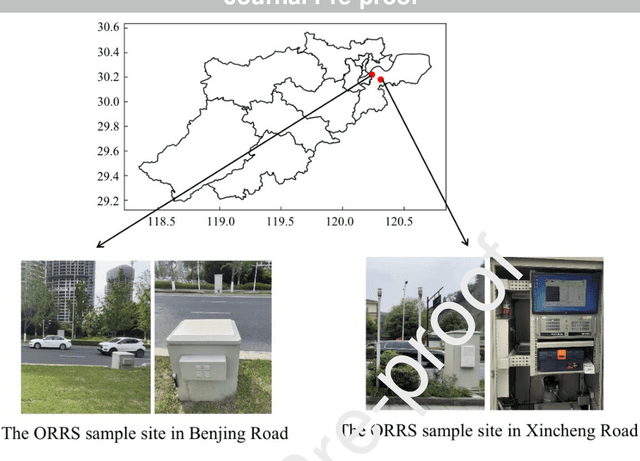
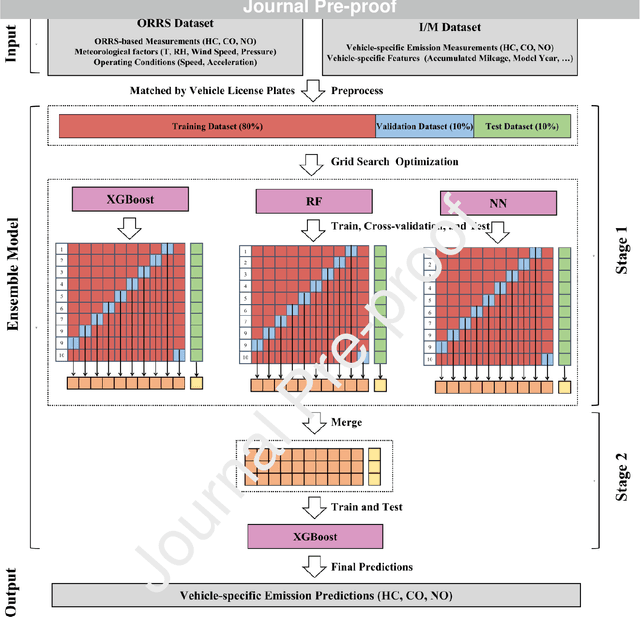
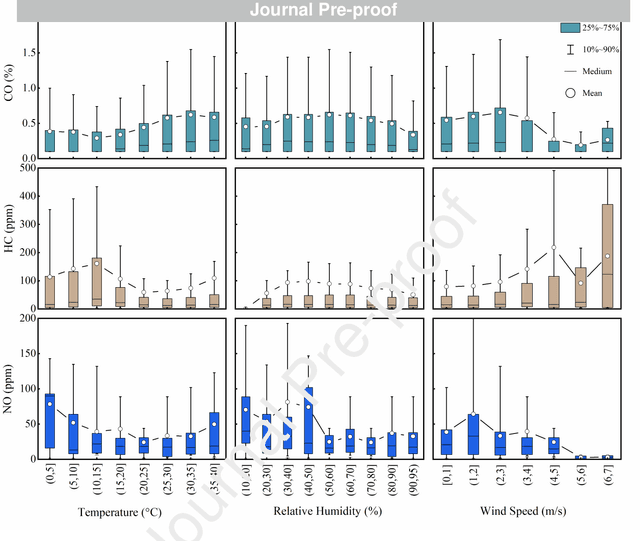
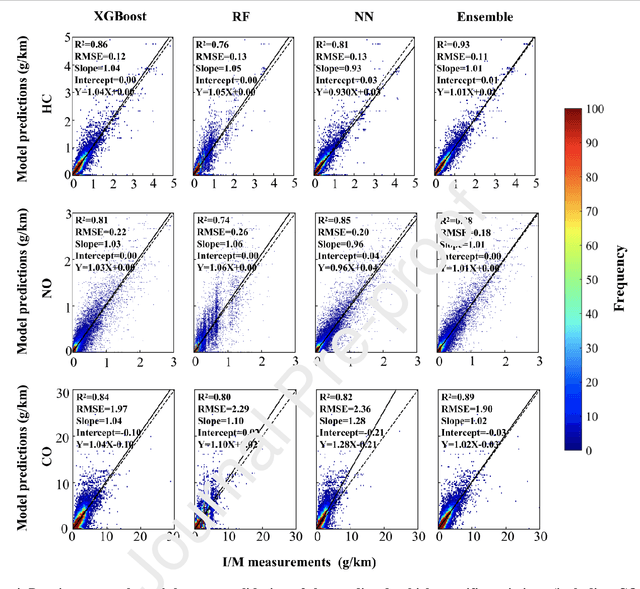
Abstract:In-time and accurate assessments of on-road vehicle emissions play a central role in urban air quality and health policymaking. However, official insight is hampered by the Inspection/Maintenance (I/M) procedure conducted in the laboratory annually. It not only has a large gap to real-world situations (e.g., meteorological conditions) but also is incapable of regular supervision. Here we build a unique dataset including 103831 light-duty gasoline vehicles, in which on-road remote sensing (ORRS) measurements are linked to the I/M records based on the vehicle identification numbers and license plates. On this basis, we develop an ensemble model framework that integrates three machining learning algorithms, including neural network (NN), extreme gradient boosting (XGBoost), and random forest (RF). We demonstrate that this ensemble model could rapidly assess the vehicle-specific emissions (i.e., CO, HC, and NO). In particular, the model performs quite well for the passing vehicles under normal conditions (i.e., lower VSP (< 18 kw/t), temperature (6 ~ 32 {\deg}C), relative humidity (< 80%), and wind speed (< 5m/s)). Together with the current emission standard, we identify a large number of the dirty (2.33%) or clean (74.92%) vehicles in the real world. Our results show that the ORRS measurements, assisted by the machine-learning-based ensemble model developed here, can realize day-to-day supervision of on-road vehicle-specific emissions. This approach framework provides a valuable opportunity to reform the I/M procedures globally and mitigate urban air pollution deeply.
Multi-Rate Nyquist-SCM for C-Band 100Gbit/s Signal over 50km Dispersion-Uncompensated Link
Jul 25, 2021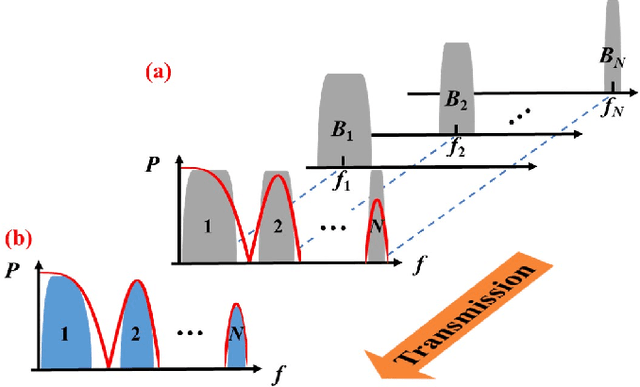

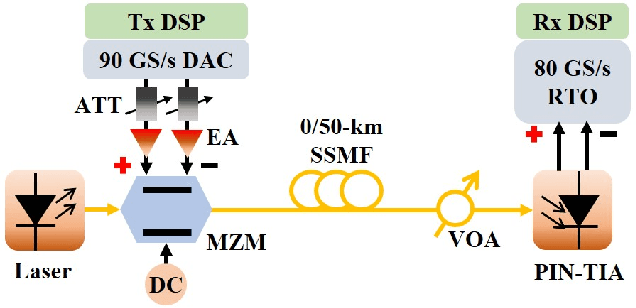
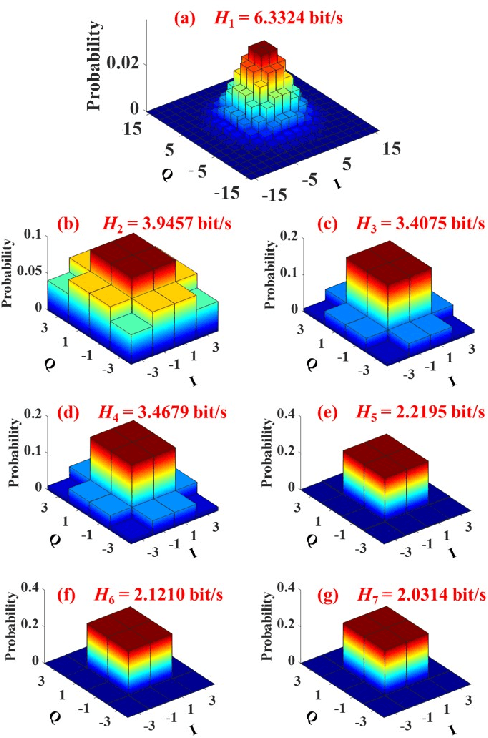
Abstract:In this paper, to the best of our knowledge, we propose the first multi-rate Nyquist-subcarriers modulation (SCM) for C-band 100Gbit/s signal transmission over 50km dispersion-uncompensated link. Chromatic dispersion (CD) introduces severe spectral nulls on optical double-sideband signal, which greatly degrades the performance of intensity-modulation and direct-detection systems. In the previous works, high-complexity digital signal processing (DSP) is required to resist the CD-caused spectral nulls. Based on the characteristics of dispersive channel, Nyquist-SCM with multi-rate subcarriers is proposed to keep away from the CD-caused spectral nulls flexibly. Signal on each subcarrier can be individually recovered by a DSP with an acceptable complexity, including the feed-forward equalizer with no more than 31 taps, a two-tap post filter, and maximum likelihood sequence estimation with one memory length. Combining with entropy loading based on probabilistic constellation shaping to maximize the capacity-reach, the C-band 100Gbit/s multi-rate Nyquist-SCM signal over 50km dispersion-uncompensated link can achieve 7% hard-decision forward error correction limit and average normalized generalized mutual information of 0.967. In conclusion, the multi-rate Nyquist-SCM shows great potentials in solving the CD-caused spectral distortions.
 Add to Chrome
Add to Chrome Add to Firefox
Add to Firefox Add to Edge
Add to Edge